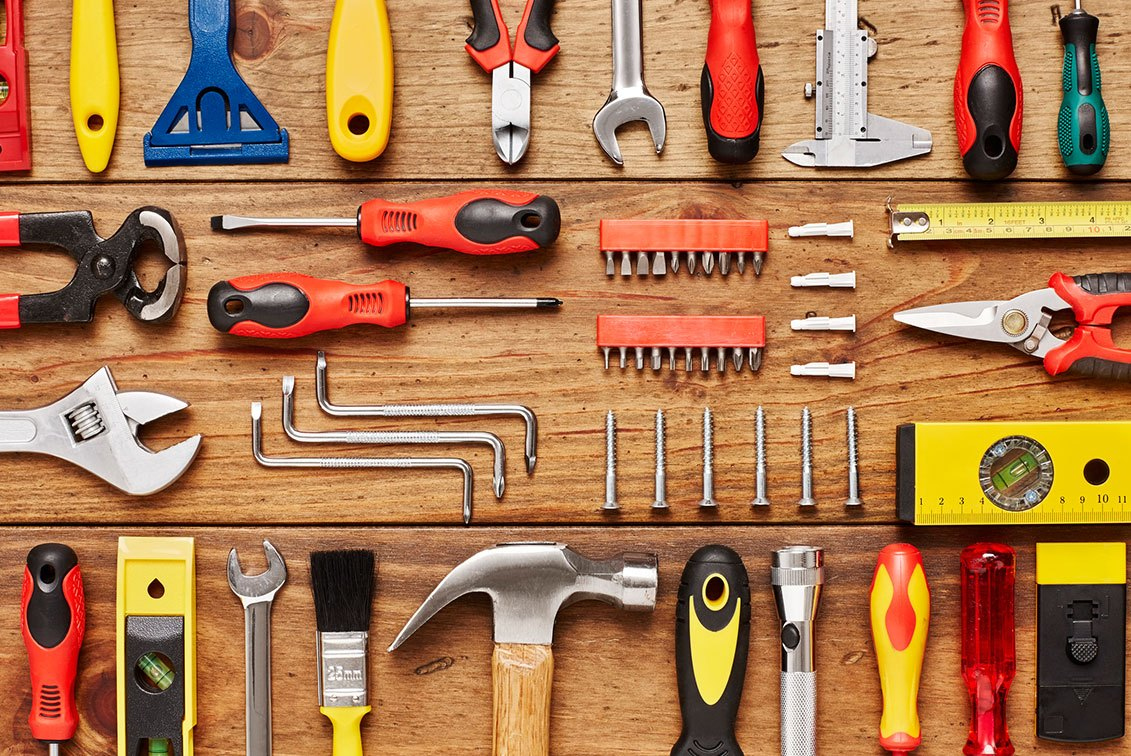
You don’t have to be a do-it-yourself savant to need a good home tool kit on hand. Whether it’s a thingamajigy to turn a gizmowhippy, or a whamsbanger to pound a frazzlesmashy. Everyone, renters and homeowners alike, should have a gazzerjabber full of fiddlespanners at the ready.
All kidding aside, a basic toolkit is an essential component to every household because there is always something to hang, a screw to tighten, furniture to assemble, or some other little thing needs attention. Whether you’re “handy” or not, having the right tool when you need it can save you time, money, hassles, and headaches.
The easiest way to go is to buy a pre-assembled kit. Two really good ones are the Stanley 65-Piece Homeowner's Tool Kit and the Craftsman Evolv 23 Piece Homeowner Tool Set. Kits like these have many of the essentials at a good price and are a good way for the infrequent user to get started.
The most common problem with pre-assembled tool kits is that their molded plastic storage case won’t hold the tools in place securely enough. Additionally, these kits probably won’t have everything you might need, nor is there room in molded cases for other items that you may want to add to your stash. For these reasons, you may wish to build your own home tool kit, or at least have a secondary tool box with extra goodies in it. By assembling your own tool kit, you can control the quality and variety of the tools you get. Life is too short to mess with bad tools! This is especially true if you intend to become a serious about doing your own repairs.
Building Your Own Home Tool Kit
Let’s start off with the toolbox itself, because what good are tools if you can’t find them or transport them to where they will be used? Personally, for a household tool kit I prefer a 16” toolbox. A rigid box maintains its shape, keeps tools organized well, and is easily cleaned if it gets dirty. Tool bags are a good alternative, you can choose one with a few pockets or many pockets, though, IMHO, bags are more cumbersome to use than a standard toolbox.
There are a myriad of toolbox designs and sizes, a small toolbox with a tray is more than sufficient. Unfortunately, most toolboxes these days have storage bins integrated into their lid, which can make them top heavy and prone to tipping over, spilling when opened is a common problem. Accessing lid mounted bins can also be quite a pain. I prefer using separate small storage bins to hold what I need and they are kept in the toolbox with everything else.
Quick Tip
The key to a successful home tool kit is that it only has the essentials, which keeps the kit compact and lightweight so that it can be stored in a readily accessible location, such as the laundry room, a kitchen cabinet, or pantry shelf.
Storage bins also come in an array of designs and sizes, you might find having one or two small bins helpful. I prefer those that have fixed dividers because they keep parts securely in place. Adjustable dividers tend to lift during use which allows small parts to migrate from one cup to another. If you buy a fixed divider bin and need a larger cup, simply cut out a divider or two until you get the sized cup you need.
Which Tools Are Best And Why You Need Them?
Toolbox Essentials
Eye Protection
Screwdriver Set
8” Adjustable End Wrench
6” Pry Bar
Hammer
Combination Square
1” Putty Knife
Utility Knife
Paint Scraper
Measuring Tape
Pliers (3 different kinds)
Tweezers
Torpedo Level
Push Drill
Stud Finder
Safety Glasses
Eye protection should not be taken lightly. Safety glasses, of course, keep things from getting into your eyes. You may not need them all the time, but if you’re hammering or working overhead, odds are you’re going to get something in your eyes. If you wear prescription glasses that are not safety rated, then you may prefer goggles instead.
Screwdrivers
When it comes to screwdrivers, I prefer a set of individual screwdrivers over a multi-end screwdriver because they’re a little lighter, feel better in the hand, and have a smaller diameter shaft, allowing for use in deep holes or tight spaces. This Craftsman set has the most common #1 and #2 size of both the flat head and the hex head drivers, and they fit the hand well. Also, a set of jeweler's screwdrivers come in handy, should things get really small.
Adjustable End Wrench
An 8” adjustable end wrench will suffice for most minor fix-its. As the name implies, the jaw of the wrench is adjustable from zero up to about an inch, which is more than enough for the most common things you'll find around the house. The addition of a rubberized grip increases stability of the wrench in your hand.
Small Pry Bar
A 6" to 8" mini prybar is definitely a must have multi-tool. They are great for scraping, gentle prying, or pulling small nails. They can be used as a lever to lift or as a wedge to help align or hold pieces in place while you're fastening them in place.
Hammer
Claw hammers are used to pound things that need pounding and pull things that need pulling, such as to install picture hangers or attach a loose piece of trim. A hammer in the 12 to 16 ounce range will be light enough for ease of use yet heavy enough to do its job. Resist the temptation to buy a wooden handled hammer as they don't hold up to pulling duties, a fiberglass handle insures strength and durability, while a cushioned grip aids comfort and control.
Combination Square
The beauty of a combination square is that it'sseveral tools in one. The face of the square adjusts to any point along the ruler, giving you maximum flexibility as a squaring device, or separate the square's face from the ruler to use the ruler alone as a straight edge or measuring device. You will be surprised how often something like this come in handy.
Putty knives are great for both scraping things that need scraping and smoothing things that need smoothing, things such as removing stubborn stickers or filling small holes. I find that a stiff, 1" blade is the most useful at general purpose tasks.
Utility Knife
Whether you’re opening your latest Amazon delivery or building a box fort “for the kids” ;) , a utility knife has many uses around the house, and is safer and easier to use than most common “box cutter” type knives. I prefer the classic style over the larger, rubberized handled, quick-change style, I find it easier to grip and control than the much larger and bulkier versions.
Quick Tip
A snap-off knife stored in a silverware drawer is great for use in the kitchen, such as removing shrink-wrap safety seals on jars and bottles.
Paint Scraper
Paint Scrapers, while designed for removing paint overspray from windows, these scrapers work equally well for removing stickers and labels from glass or hard water stains from windows and sinks.
Measuring Tape
A must have item for any home tool kit, a 12 foot (3.5m) measuring tape is ideal, its small size fits the hand nicely and it is long enough for most household needs.
Pliers Set
Buying a set of pliers is more economical than purchasing each pair individually. Every type of pliers has their ideal purpose, so having a selection to choose from to suit the immediate need is best. 5” locking jaw pliers, aka vise grips, are also very helpful.
Torpedo Level
Levels are not something you will use a great deal, but when you need one, you need one. Torpedo Levels are the perfect size for your toolkit and are are useful for leveling towel bars, picture frames, mirrors, appliances, etc.
Push Drill
A Push Drill, sometimes referred to as a push screwdriver or spiral ratchet, is very useful for drilling holes to install wall anchors, such as those used to install towel bars or appliance hanger brackets. These handy tools have forward, lock, and reverse rotation function, allowing for a broad range of uses.
The most important feature for a drill of this type is that it have a 1/4” hex drive, which allows the use of any 1/4” drive accessory, things like drill bits, sockets for bolts, screw driver tips, and specialty fastener tips, such as torx or square drive screws.
Stud Finder
Electronic Stud Finders use electronic sensors to measure wall density to accurately locate framing within the wall to give you the support you’ll need for hanging heavy objects, such as heavy mirrors, televisions, or shelving.
Home Tool Kit Wisdom
Avoid the temptation of buying household tool kits or tools based on price alone, or multi-tool gadgets, most of them don’t work well and won’t last past the first use. This is not to say that you have to buy expensive stuff, just choose mid-range tools from trusted brands, such as Stanley or Craftsman. For your convenience, the links provided in this article are to items that I have used for decades, that are known for their balance between quality and value. You won’t be wasting your money on garbage and you won’t break the bank to have the essentials.
Quick Tip
How to choose a good tool. A rule of thumb is, if it looks cheap and flimsy, it probably is and shouldn’t be a part of your tool kit. Poor quality tools can be dangerous because they can break, resulting in personal injury, and they can damage fasteners beyond your ability to remove them.
There are all kinds of things you can put into your toolkit that are specific to your home and your needs, such as a ceiling fan balancing kit or electrical tape, just don’t get too crazy, as it can quickly become overfilled and too cumbersome to bother using. The key is to have the most needed tools at your fingertips, additional, lesser used tools can be kept in a secondary box in the garage or storage room.
To keep my tool kit compact, I have small boxes in the laundry room cabinet to keep other commonly used things organized, tape in one box, a selection of lubricants and glues in another. Things like lubricants and glues are extremely messy if they spill, which is why I don’t keep them in the toolkit itself, they are handily stored nearby for when their need arises.
Home Tool Kits For Women
More and more DIY products are being marketed towards women, usually in the form of the color pink, pink tools, pink toolkits, pink gloves, pink aprons and accessories . . . If pink is your thing, this would perhaps be a bonus, but here’s the thing, most of these tools are most often sub-standard quality without any brand markings or manufacturer’s reputation to stand behind them. Tools so poorly made that they are rendered useless, or worse, they break, injuring the user, with no recourse to get the tool replaced, not that you’d want another like it.
The solution is to stick with trusted brand name tools. Name brand manufacturers stand behind their tools, warranting them against defect, replacing if failure should occur. If you want to add a little color to reflect your own personal tastes all it takes is some strategic masking and a can of your favorite color spray paint.
In Conclusion
As you can see by this list, you don't need a huge tool cache to be able to handle the most common things that pop up around the house. Feel free to customize it to suit your specific needs, as there's no one-size-fits-all toolbox.
Got a favorite, or absolutely indispensable, tool you use around the house? I'd love to hear about it. Drop me a quick note in the comments section below.
And, please, share this article if you found it useful. I'd really appreciate it.
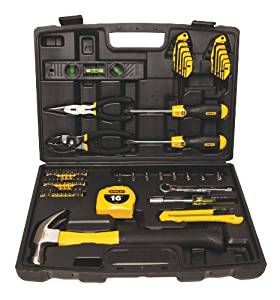
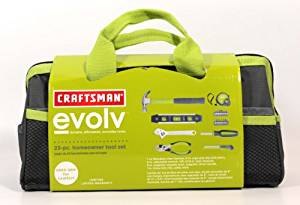
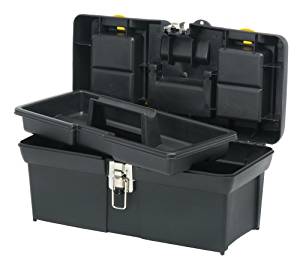
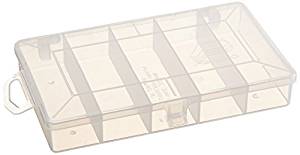
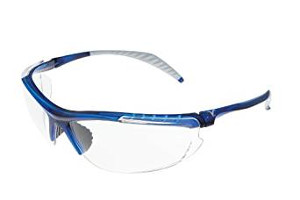
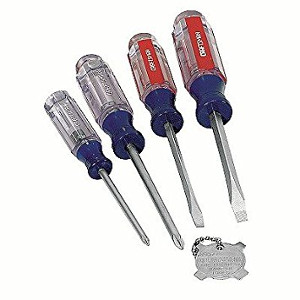
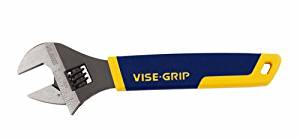
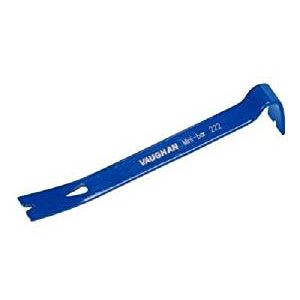
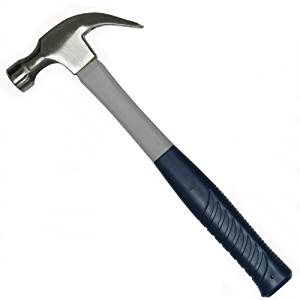
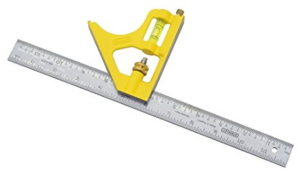
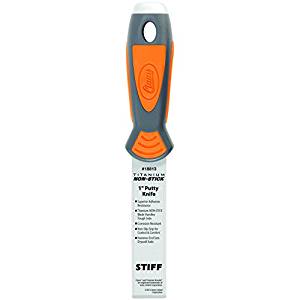

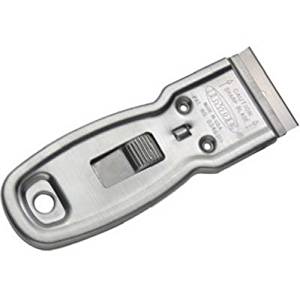

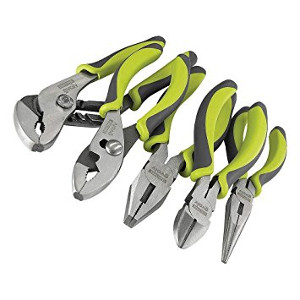
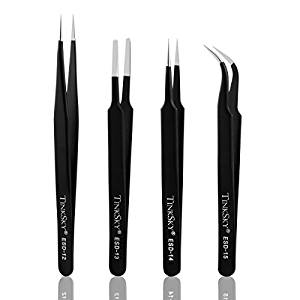
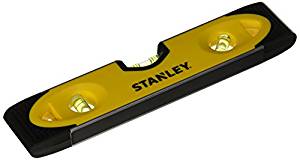
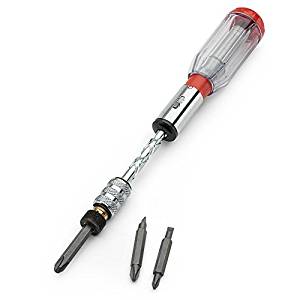
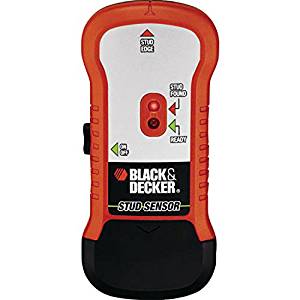
Leave a Reply